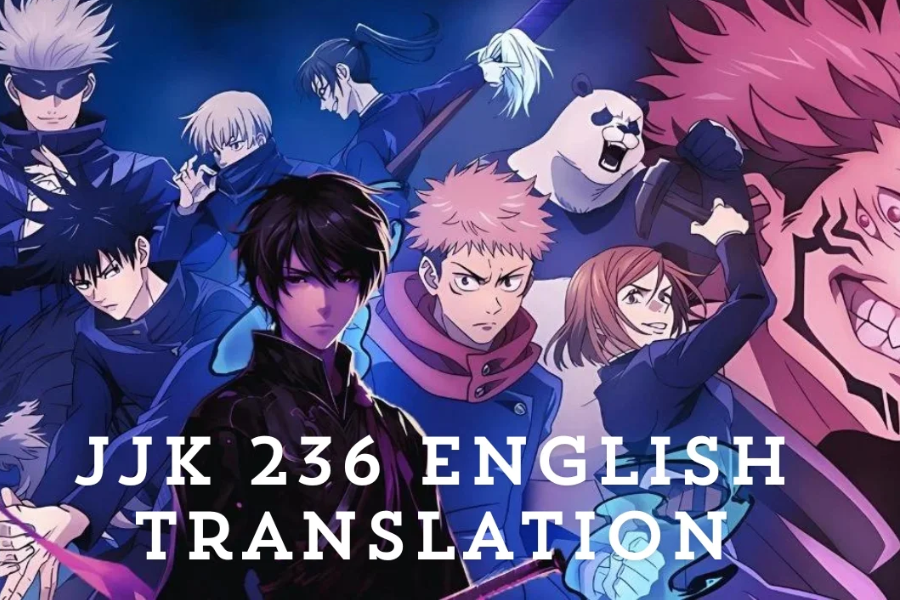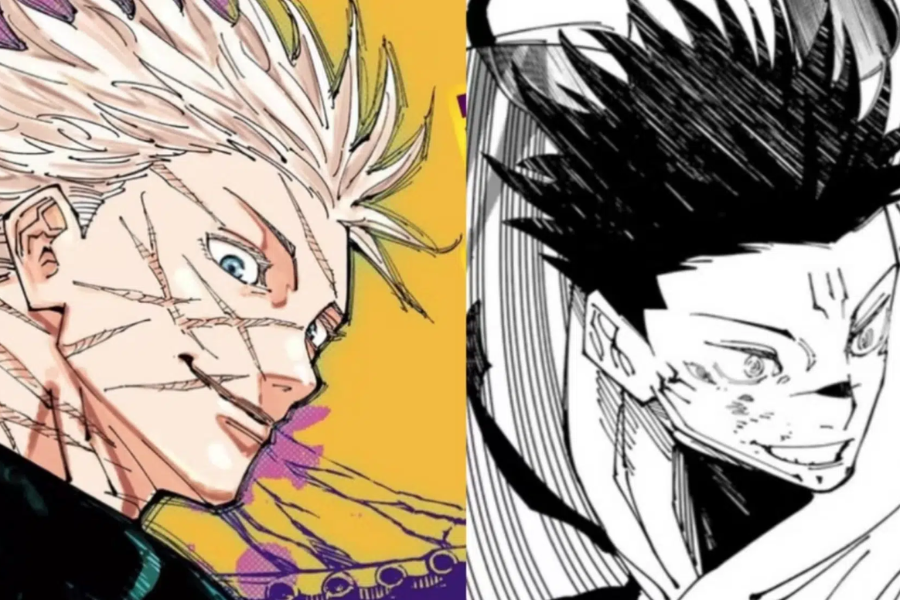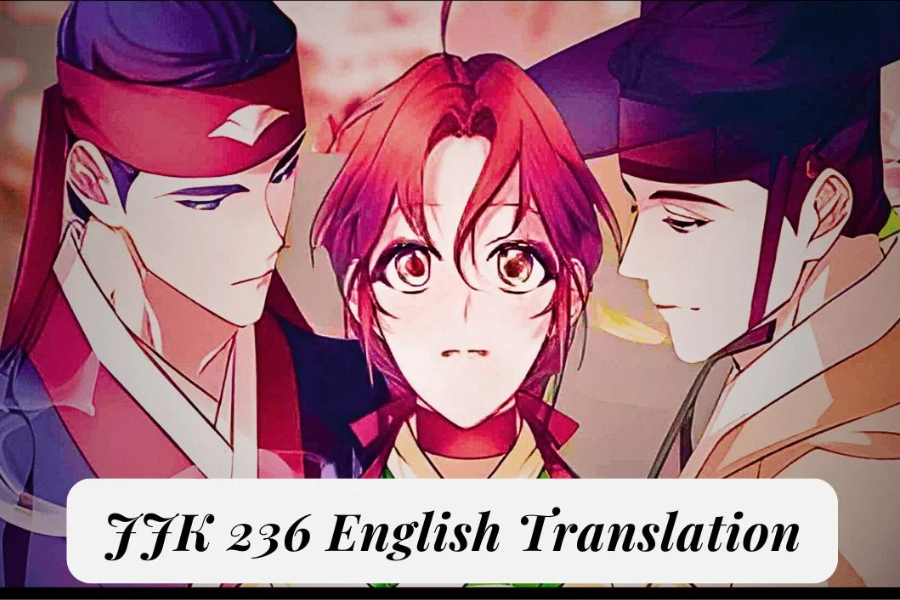JJK Chapter 236: The Complexities of Manga Translation
Translating popular manga like Jujutsu Kaisen Chapter 236 is a challenging task that requires a deep understanding of both language and culture. Ensuring that the translation accurately reflects the original story while making it engaging for an English-speaking audience involves navigating several intricate challenges.
Navigating Cultural and Linguistic Nuances
Interpreting Japanese Idioms and Expressions
Japanese is a language rich in idioms and expressions that often lack direct English equivalents. For example, character-specific phrases or verbal quirks in Jujutsu Kaisen need to be translated in a way that preserves their original meaning and charm, while still making sense to an English-speaking audience.
Adapting Cultural References
Jujutsu Kaisen is deeply rooted in Japanese culture, from folklore to societal norms. When translating, it’s crucial to either adapt these references or provide additional context to ensure they resonate with readers who may not be familiar with these cultural elements. This might involve subtle alterations or explanatory notes that help maintain the narrative’s flow and accessibility.
Preserving the Emotional and Tonal Integrity
Consistency in Character Voice
Each character in Jujutsu Kaisen has a unique way of speaking that reflects their personality and background. Maintaining this consistency in translation is essential for preserving the integrity of the characters. This demands a nuanced understanding of both the original Japanese text and how to best represent these voices in English.
Capturing Emotional Depth
The emotional weight of pivotal scenes, especially in Chapter 236, can easily be diluted if not translated with care. The translator must ensure that the same intensity and emotional impact are conveyed to the English reader, mirroring the experience of the original audience.
Overcoming Linguistic Challenges
Handling Kanji and Wordplay
Japanese kanji often carries multiple meanings, and the language’s use of wordplay adds layers of complexity to the dialogue. Translating these elements into English while preserving their cleverness is a significant challenge that requires creative adaptation.
Managing Honorifics and Titles
Honorifics such as “-san,” “-kun,” and titles like “sensei” play a key role in conveying respect and social hierarchy in Japanese. While some translations retain these to preserve authenticity, others may opt for more familiar English equivalents, balancing between staying true to the original and ensuring readability.
Technical Aspects of Manga Translation
Fitting Text into Speech Bubbles
Given that manga is a visual medium, the placement of translated text within speech bubbles must be carefully managed to fit without disrupting the artwork. This requires concise translation and close collaboration with typesetters to maintain the manga’s visual integrity.
Translating Sound Effects
Japanese manga frequently employs onomatopoeic sound effects that don’t have direct English counterparts. Translators must find equivalent sounds that convey the same action or emotion, preserving the atmosphere of the original scenes.
Effective Translation Techniques for JJK Chapter 236
Translating Jujutsu Kaisen Chapter 236 requires more than just linguistic expertise. It demands a deep cultural understanding, a sensitivity to emotional nuance, and technical precision. Here are some of the techniques used to achieve an accurate and faithful English translation:
Cultural Immersion and Adaptation
Translators often immerse themselves in Japanese culture and conduct thorough research to accurately interpret cultural references. In cases where direct translation might confuse or alienate readers, cultural references are adapted to ensure the story remains relatable.
Emotional Nuance and Character Fidelity
Translators maintain detailed character profiles to ensure consistency in voice and tone. By carefully selecting English expressions that match the original emotional context, they ensure that readers experience the same depth of emotion as intended by the author.
Creative Linguistic Solutions
When faced with idioms, puns, or wordplay, translators use creative solutions to retain the original’s cleverness and humor. This might include finding similar English wordplay or adding footnotes for context.
Technical Collaboration and Precision
Translators work closely with the typesetting team to ensure the English text fits smoothly into the original artwork without overcrowding the speech bubbles. Sound effects are also thoughtfully adapted to match the visual intensity of the scenes.
Collaborative Refinement
The translation process often involves collaboration with editors, proofreaders, and cultural consultants. This team effort helps to refine the translation, ensuring that both the narrative and cultural nuances are preserved.
Chapter 236: A Closer Look at the Plot and Translation
Chapter 236 of Jujutsu Kaisen dives into the aftermath of the intense battle between Yuji Itadori and Sukuna. The chapter opens with Yuji grappling with the psychological and physical toll of the fight, highlighting his internal struggle and the burden of being Sukuna’s vessel.
Key Plot Developments:
- Yuji’s Internal Battle: The chapter explores Yuji’s mental and emotional turmoil, revealing the heavy burden of his responsibilities.
- Megumi’s Determination: Megumi Fushiguro plays a crucial role, showcasing his growth as a sorcerer and his strategic brilliance in supporting Yuji.
- Nobara’s Return: The long-awaited return of Nobara Kugisaki adds a new dynamic to the storyline, energizing the narrative with her fierce resolve.
- New Cursed Spirits: The introduction of powerful new cursed spirits heightens the stakes, with intense battles that keep readers on edge.
- Mystery and Intrigue: Subtle hints and foreshadowing suggest deeper mysteries, setting the stage for future developments.
Conclusion
Jujutsu Kaisen Chapter 236 continues to captivate readers with its intricate storytelling, complex characters, and high-stakes action. The English translation, while challenging, ensures that these elements are preserved for a global audience. By carefully navigating cultural nuances, maintaining emotional depth, and collaborating on technical aspects, translators help bridge the gap between the original Japanese text and its English-speaking fans, allowing the rich world of Jujutsu Kaisen to be enjoyed by readers worldwide.